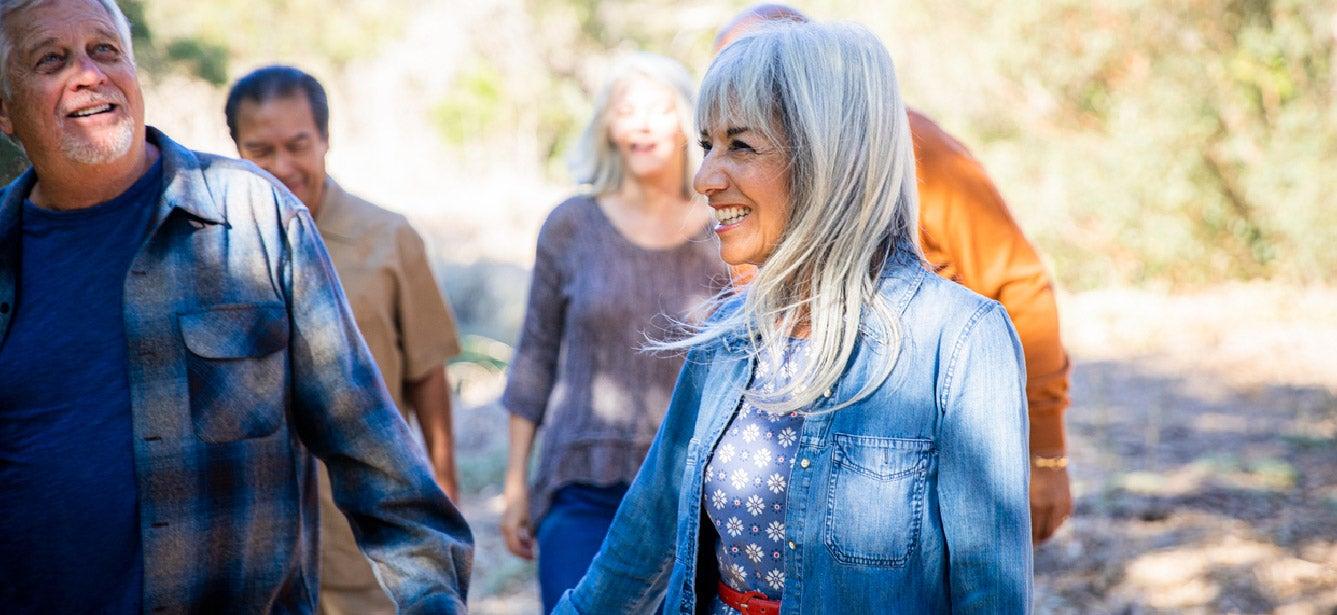The National Reach of Falls Prevention Programs: Participant Demographics and Program Outcomes
3 min read

Falls are the leading cause of fatal and nonfatal injuries for older Americans. Falls threaten older adults' safety and independence, and generate enormous economic and personal costs. However, falling is not an inevitable result of aging. Through practical lifestyle adjustments, evidence-based falls prevention programs, and clinical-community partnerships, the number of falls among older adults can be substantially reduced.
State, tribal, and community-based organizations across the United States have led the way in implementing, expanding, and sustaining evidence-based falls prevention programs for over a decade. According to the Healthy Aging Programs Integrated Database (HAPID®), over 183,000 lives have been impacted by falls prevention programs held at over 6,600 implementation sites since 2014.
Download and share our infographic highlighting key statistics on participant demographics and program outcomes from evidence-based falls prevention programs across the nation from 2014-2023. Share this infographic with stakeholders to showcase your role in the national effort to support community members in successfully preventing falls and fall-related injuries.
A customizable version of this infographic is available to display local data on falls prevention programs. Use data from your Healthy Aging Programs Integrated Database account to display state or regional statistics on participants and programs.
| Resource | Download |
| Infographic: National Reach of Falls Prevention Programs | Link |
Sources
1. Facts About Falls. Centers for Disease Control and Prevention. Injury Prevention and Control. Found on the internet at https://www.cdc.gov/falls/facts.html
This project was supported, in part by grant number 90CSSG0048 and 90FPSG0051 from the U.S. Administration for Community Living, Department of Health and Human Services, Washington, D.C. 20201. Grantees undertaking projects under government sponsorship are encouraged to express freely their findings and conclusions. Points of view or opinions do not, therefore, necessarily represent official Administration for Community Living policy.



